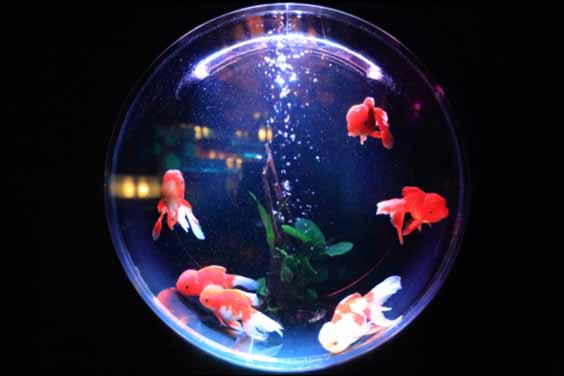
Source: Unsplash
The ocean is home to over 200,000 species of animals, with another 2 million that still remain undiscovered. There are countless bio, mechanical and chemical processes that ensure life is supported at all depths. When you try to create an aquarium, it would be hard to replicate what the ocean is able to do for life. For any animal to survive in an aquarium, you have to turn to a filtration system.
Having an aquarium may look easy on paper until you get down to actually owning one. This is a detailed guide that will take you through what aquarium filtration is all about, the things you need, and all you should be wary of.
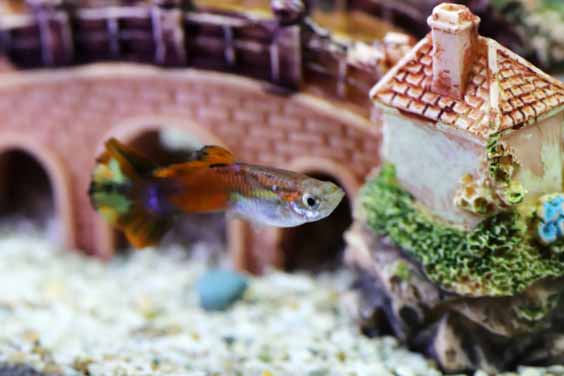
Source: Pixabay
For animals to survive in any environment, controlled or not, they need some essential things like oxygen and food. The aquarium falls under a controlled environment, and filtration is the one process that keeps life going inside it. The following are reasons why filtration is necessary.
Filtration cleans the water: The food you drop inside for the fish will not be wholly consumed; some will drift in the water. The feces excreted by the fish as well as the billions of microscopic animals floating about, all these need to be cleaned out by tools like an aquarium ceramic ring, or you risk turning the aquarium into a petri-dish of diseases.
For aeration: The churning of water inside the aquarium allows for more oxygen to get in that the fish depend on to stay alive. Without proper filtration, the fish would suffocate and die within days, so the process has to be continuous.
Filtration gets rid of bad odor and water discoloration: The feces produced by fish and the decomposing of other debris may turn the water green, giving off bad odors in the process. Filtration through activated carbon is one way you can use to handle this problem.
There are three main types of fish tank filtration processes that can either be used independently or in conjunction with each other. Each type handles a specific type of contaminant that the other is unable to. They include the following.
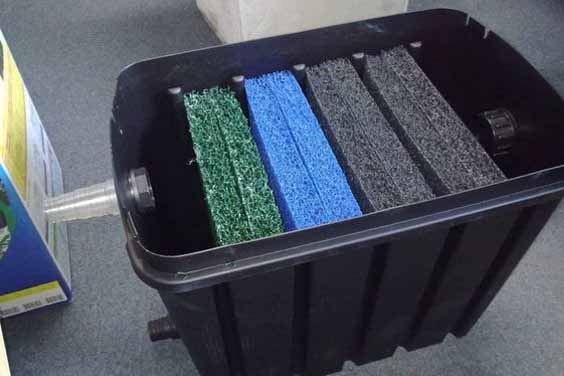
Source: Pinterest
This is the physical removal of unwanted objects from the fish tank using devices designed just for that. The water can either be made to pass through a mesh that traps the debris while allowing the water to pass through, or you could physically use a next to grab the objects and toss them out.
The contaminants in question here include food articles, feces, algae masses, and any other foreign object that may find its way into the fish tank.
Mechanical filtration simply gets rid of things you can see, and this does not necessarily make the water clean. Food particles, for example, may break down into smaller particles that continue decomposing and contaminating the water even after mechanical filtration has been conducted.
In this regard, mechanical filtration is not a process that can be depended on enough to be used as the sole option.
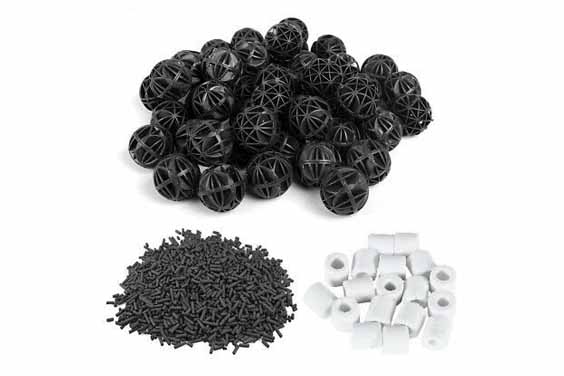
Source: Pinterest
Biological filtration is the process of using tools of nature to clean the fish tank. It is like a bioweapon waged against bioagents and it works with impressive results. This is the filtration process that handles the contaminants that the mechanical process cannot deal with.
Here, a ceramic filter ring is dropped into the fish tank to provide a home for nitrifying and denitrifying bacteria. These beneficial organisms then populate the tank and start feeding on ammonia and nitrates making the water cleaner and safer for the fish.
Without regular recycling and control, the beneficial bacteria end up taking over and eventually start competing with the fish for oxygen. This could spell danger for the inhabitants of the aquarium. Another limitation of a biological filtration process is the inability to tell whether it has worked or not without doing the test yourself. This could be too much work for many people.
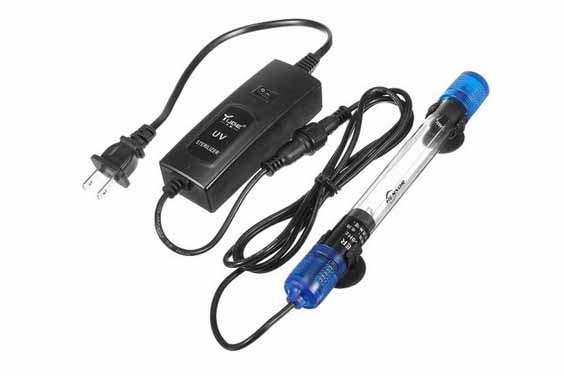
Source: Pinterest
This is the use of chemical agents to clean the water inside the aquarium. It is the least used because not many chemicals are safe enough to be considered as an ideal aquarium media filter. The most commonly used agent in this section is activated carbon.
Activated carbon has high absorption qualities that allow it to take in contaminants that create bad odor and discoloration of water. Activated carbon is not only harmless to the fish but it also lasts for much longer, All you need is to drop it into the aquarium and leave it there for a month.
Another effective tool is the UV sterilizer that destroys algae using UV light. It is also a good option as it does not affect the fish in any negative way.
In the case of UV sterilizers, they cost too much for them to make any viable financial sense, effective as they may be. The technology is a little too much on the costly end for a majority of aquarium enthusiasts to consider it.
Aquarium filters are devices and accessories that are used to clean the aquarium, They come in different shapes and sizes. The most common ones include the following;
Power filters recycle the water in the aquarium through a tube that transfers the water from the aquarium into the power filter where it goes through an aquarium ceramic ring before returning into the tank. Power filters use electricity to run the pumps which can be adjusted to different speeds.
The advantages of this filter device are that it allows for cleaning the tank without causing any disturbance to the fish, it can be placed a long distance away depending on the length of the tube. The only drawback is that it is too noisy and causes vibrations as it works.
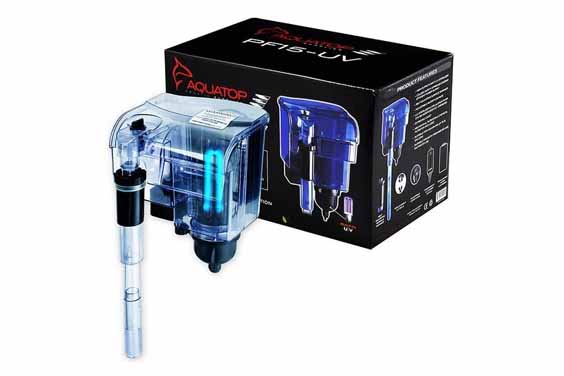
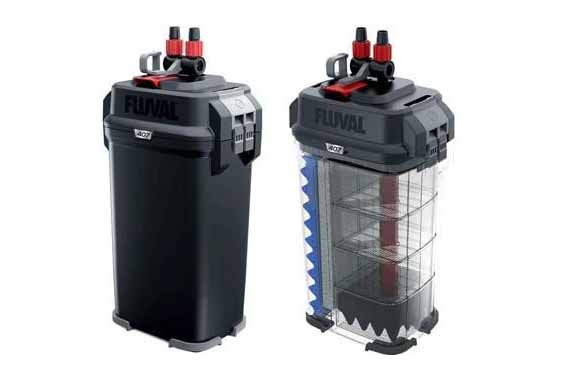
These are external filters that allow the addition of other accessories to enhance the efficiency of the filtration process. The point through which water enters the canister is equipped with a media filter material. Once inside, the weather is passed through a series of other filter media like filter brushes, and by the time it drains back into the tank, it has been cleaned thoroughly.
The drawbacks of this setup include the high cost of running it as it consumes a lot of power. Cleaning the internal part of the canister is also complicated as it is very complicated. Taking it apart is risky because putting it back together is extra work
Trickle filters come in two configurations; One placed at the top and another placed at the bottom. If the positioning is at the top then the water is pushed through perforated trays that contain filter media, the filter media is not submerged but made to remain wet enough for bacteria to grow for biological filtration. The clean water then returns to the aquarium like rain.
If it is placed at the bottom, the water is fed into the filter media by gravity where prefiltering takes place. The water is then passed over bio balls where bacteria convert toxic materials into harmless waste that can then be siphoned off easily.
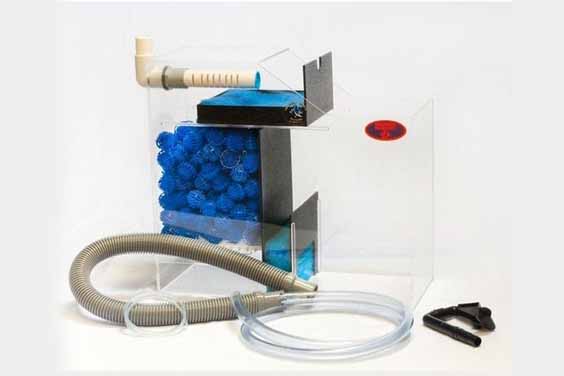
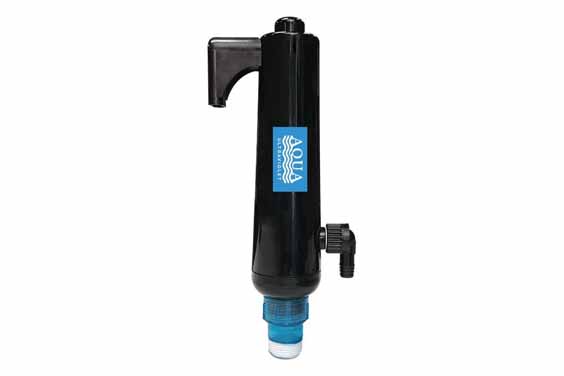
Not all algae are bad, some can be grown purposefully to provide natural food sources for the fish and also help in getting rid of chemicals. Unfortunately, bad algae will always grow alongside that forcing the removal of the entire growth. Algae filters are equipped with UV sterilizers that blast the algae with a UV light that destroys them. The biggest drawback to this is that UV light also kills beneficial bacteria in the process.
Baffle filters employ a series of baffles placed below the aquarium that force water to pass through each baffle to reach the pump that pushes the weather back into the tank. Each baffle is equipped with varied types of aquarium media filters that trap different types of contaminants in each section starting with the bigger ones.
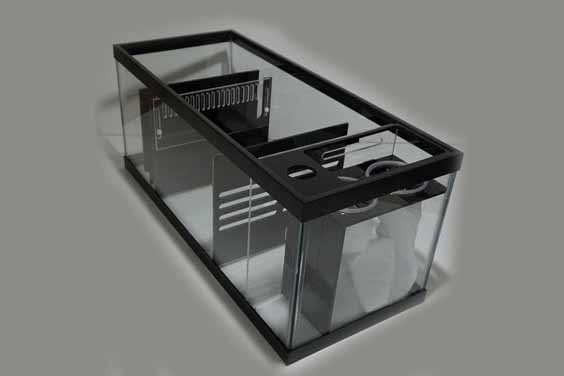
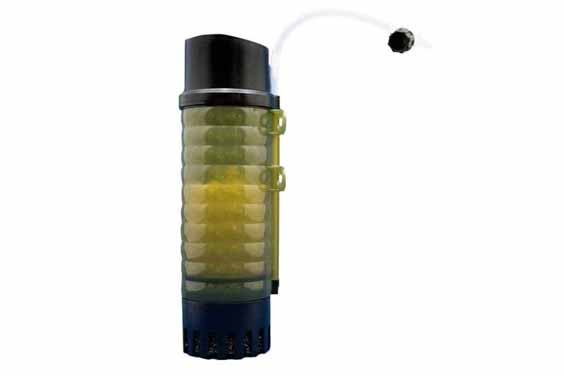
This is a biological filtration device that directs water through a sandbed causing it to be fluidized (gain fluid properties) The liquified sand then acts as the media filter as it provides the perfect home for denitrifying bacteria to spread.
This is one of the oldest types of filters. It is made up of a porous plate placed under a layer of gravel at the base of the aquarium. Tubes are then fitted into it that circulate water through the aquarium, lifted pieces of the gravel in the process. The gravel provides a surface for beneficial bacteria to colonize and provide a biological filter
The drawback to this setup is the possibility of the gravel clogging up other aquarium media filters. There is also the risk of gravel piling on one side causing the side to become anoxic.
Filtration is vital for a fish tank. It is the only way contamination is kept at bay since fish tanks do not have a water inlet or outlet. Stagnant water tends to be overrun by microbes much faster than running water. As it is clear so far, there are many filtration options for you to choose from. Do your own due diligence and get the opinion of an expert before selecting the one that will suit your aquarium the best.




Leave a Reply